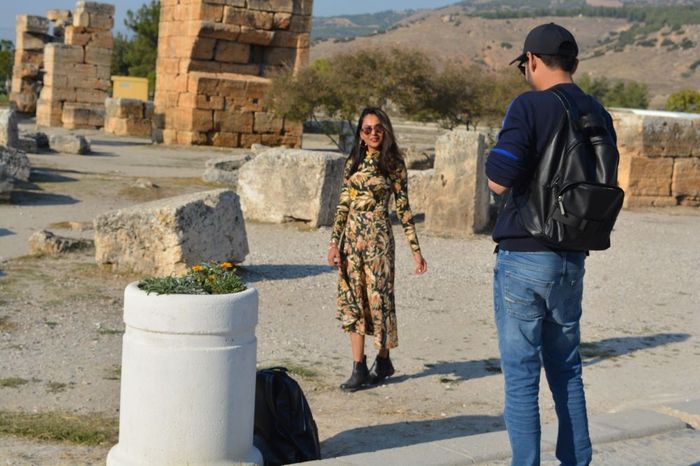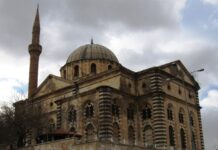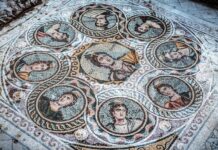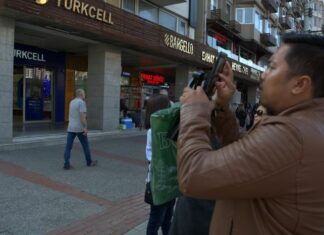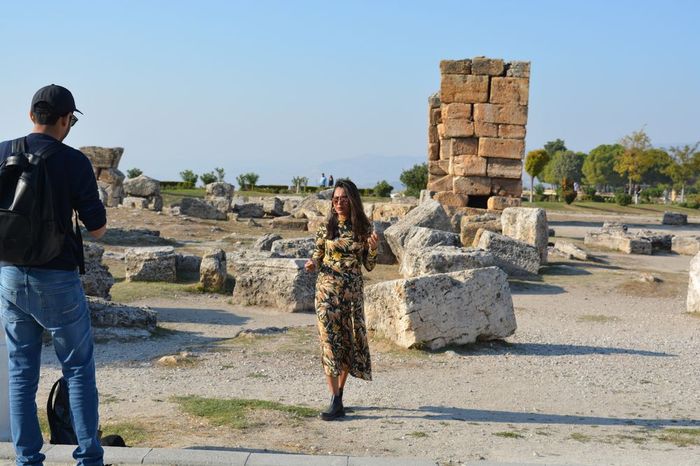If it then happened that this man and his colleagues were in correspondence with leading figures in Constantinople and if they were known to have supported reconciliation with Constantinople going back to the years of the Laurentian schism and then the years of bringing the Acacian schism to a halt, and if they had relatives and colleagues at court—then anything might be possible.
To be fair, there is no direct evidence that either Theoderic or Boethius saw things this way, but we do have every reason to believe that this idea must have been in the air. It would not take much in the way of suspicion for what might now seem to be—might then have been—only a pipe dream to take the shape of a real possibility and threat. In that setting, Boethius’s remarks reported in the Consolation were at the very least astonishingly indiscreet and risky, and may have dug the hole deeper, especially once the accusations were abroad and Boethius himself was imprisoned. Whether or not the charges had merit, Theoderic would be a fool not to take them seriously by this point. When Pope Hormisdas—the pope who had made peace with Constantinople—died in August 523 and Pope John I, a friend of Boethius and a collaborator with him in theological debates, replaced Hormisdas, Theoderic had to react adventure balkan tours.
Boethius paid for his indiscretion—or his ambition—with his life. With Theoderic in residence at his palace in Pavia and Boethius there as court official, he was held in custody with his accused coconspirator Albi- nus in a baptistery. Theoderic summoned the prefect of the city of Rome, Eusebius, to Pavia and there condemned Boethius to death in absentia. Then they took him out for execution. The Anonymus Valesianus has it that a rope was tied so tightly around his head that his eyes bulged in their sockets, and then he was beaten to death.33 His sons, the child consuls of 522, were allowed to live.
Immediately sent a delegation from Ravenna
Theoderic, seeing his regime still at risk, immediately sent a delegation from Ravenna to Constantinople, led by Pope John himself, to confirm that assurances of religious peace would be observed and that Arianism would be respected. Theoderic particularly asked that people who had been forced to convert from Arianism to orthodoxy be restored to their original state—but for an emperor eager to be seen as devout, this request was impossible to accept. Pope John refused to carry the message at first, but Theoderic forced him and his delegation of bishops and senators to board ship and make their way to Constantinople.
Once there, the emperor Justin came out to greet them with all respect, welcoming the pope “as if he were blessed Peter himself” and confirming that those who had left Arianism were safe forever and could not be restored to their original error. While they were away, if the Anonymus Valesianus has the sequence right, Theoderic summoned Boethius’s father-in-law, Symmachus, from Rome to Ravenna; tried him on trumped- up charges; and put him to death lest he take any subversive steps out of grief for his dead son-in-law. When the pope returned to Ravenna, the king made his disfavor clear, and within a few days John was dead. No one says there was foul play, but it was at least a foul moment. When a man possessed by a demon attended Pope John’s funeral, he was miraculously and suddenly released from his torment. The crowd saw this as a sign of the pope’s holiness and took him out to burial while making wonderworking relics out of the papal clothes.
There is much debate over the dates of these events, but it is safe to put them all in the years 524-525. If a coup had indeed been in the making, Theoderic had succeeded in putting it down. The line of succession continued in his own family Boethius’s presentation requires.
Anonymus Valesianus
Theoderic came to his own end in 526, and by then the author of the Anonymus Valesianus is fully against him. So maddened was Theoderic, the story goes, that he issued an edict that the Arians would seize the or¬thodox basilicas on the very next Sunday. This could not have been more than a token gesture—perhaps a single basilica—a symbolic gesture to protest what Theoderic saw as Justin’s comparable interference. Then Theoderic fell victim to the same power that had destroyed Arius, the teacher for whom Arianism was named. Following the traditional story, just as Arius had died of dysentery, so too Theoderic fell ill of it and died on the third day, the very day he had intended to seize the holy basilicas. He was in his early seventies.
We needn’t believe more than that Theoderic died with rumor and hostility in the air and at least some of his legacy in question. The summer after he died, there appears to have been a fear of a sea invasion from the east, and our source praises Cassiodorus as one of the new king’s ministers for swift action designed to keep a sharp watch on the seafront and protect Italy from invasion. He even paid troops out of his own pocket to ensure obedience.
